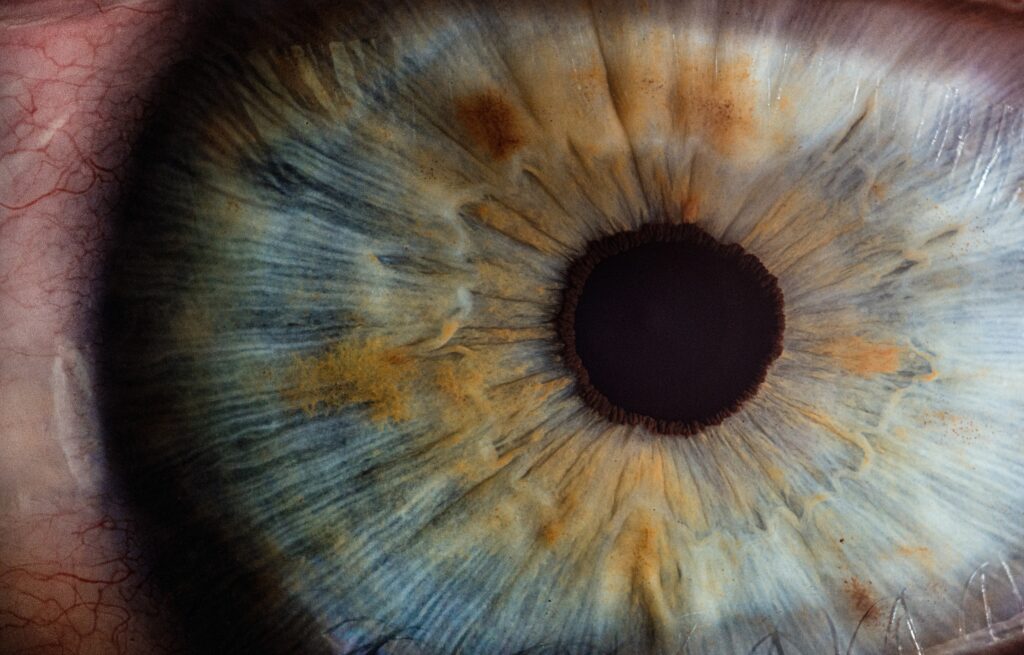On March 11, 2021, global biopharmaceutical company Alkermes plc shared that its investigational drug candidate nemvaleukin alfa received Orphan Drug designation from the FDA. The treatment is designed for patients with mucosal melanoma, an aggressive and often internal form of melanoma.
Nemvaleukin Alfa for Mucosal Melanoma
So what is nemvaleukin alfa? This therapy, developed by Aklermes, is an engineered interleukin-2 (IL-2) variant immunotherapy. It is designed to have an anti-tumor effect and halt the spread of cancer cells, while also limiting immunosuppression.
So far, nemvaleukin alfa is being evaluated in a number of clinical trials: ARTISTRY-1, ARTISTRY-2, and ARTISTRY-3. Within the first two trials, researchers analyzed the safety, efficacy, tolerability, pharmacodynamics, and pharmacokinetics of nemvaleukin alfa for patients with solid tumors. During the trials, researchers evaluated intravenous or subcutaneous nemvaleukin alfa both alone and in conjunction with KEYTRUDA. In the third trial, researchers are exploring intravenous nemvaleukin alfa as a singular treatment for multiple solid tumors.
The drug received Orphan Drug designation. Basically, this designation is granted to drugs and biologics designed to treat rare diseases or rare conditions. These are defined as those which affect less than 200,000 Americans. After receiving Orphan Drug status, a drug developer also receives tax credits, fee exemptions, and up to 7 years of market exclusivity.
Melanoma
The exact cause of all melanoma, a severe form of skin cancer, is unclear. However, doctors do know that in many cases, UV radiation exposure from the sunlight, tanning beds, and tanning lamps may play a part. In its external form, melanoma develops in melanocytes, or cells which produce melanin. But mucosal melanoma appears on mucous membranes, often found in the eyes, mouth, genitals, or digestive and respiratory tracts. Typically, most melanoma occurs in adults, although it can occur in children. Melanoma is more common in those with lighter complexions.
For melanoma occurring on the skin, common symptoms include:
- Skin color changes
- New moles growing or appearing near existing moles
- A new spot on the skin which changes size, shape, or color
- Changes in an existing mole
Normally, moles are one color and have a distinct border. Unusual moles that could indicate melanoma include an asymmetrical shape, irregular border, color changes, diameter (more than 1/4 inch), and evolution (itching, bleeding, changes in color or size).
Mucosal Melanoma
Now, mucosal melanoma presents a challenge because:
- It often does not occur because of sunlight exposure.
- The condition is extremely rare, accounting for only 1% of all melanomas.
- They are not pigmented like skin melanomas are.
- Mucosal melanoma is often misdiagnosed as another condition.
Typically, mucosal melanoma is more common in those above 70 years old. According to DermNet NZ, some doctors believe this form of melanoma has a genetic basis. Additional risk factors depend on where the melanoma appears but could include smoking, viral infections, or chemical exposure. Symptoms also vary based on location. However, symptoms may include:
- Bleeding after sex
- Frequent nose bleeds
- Loss of smell and/or nasal obstructions
- Oral discoloration
- Rectal or vaginal bleeding or pain
- Diarrhea or constipation
- A noticeable mass
Learn more about melanoma.








